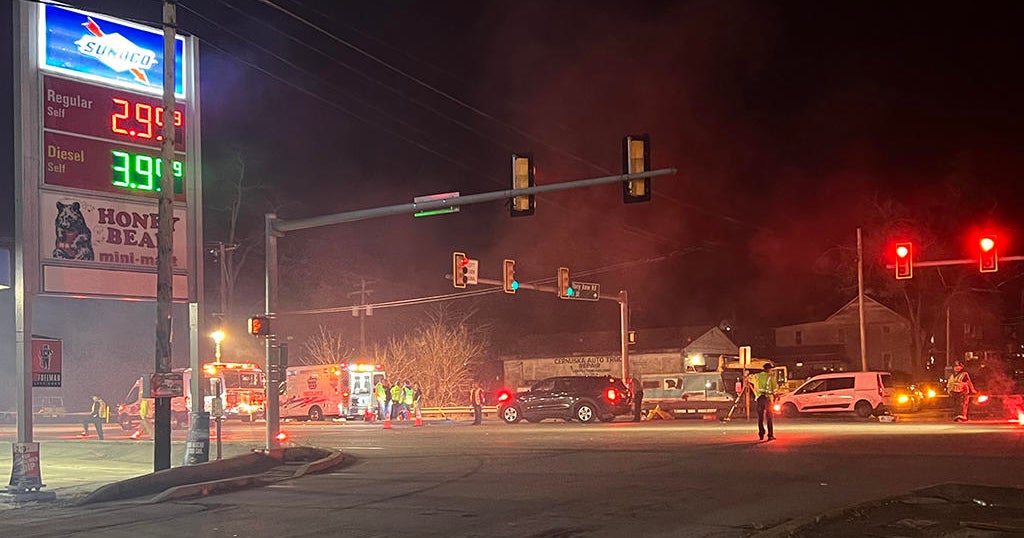3 bald eagles dead, 10 sick after eating euthanized animals dumped at landfill
Three bald eagles died earlier this month after consuming the carcasses of euthanized animals that had been disposed at a landfill near Minneapolis, CBS Minnesota reported. Officials say the birds were likely poisoned by chemicals used to euthanize the animals, whose species has not been identified publicly, before their remains were left at the dumping site.
In addition to two bald eagles found dead in the area surrounding the landfill, located in Dakota County, a third died after while it was admitted to The Raptor Center at the University of Minnesota. The bird had received what the center called "intensive care" alongside 10 other bald eagles that were sick for the same reason.
The Raptor Center confirmed that 11 bald eagles had fallen ill with what their veterinarians believed to be pentobarbital poisoning. That was linked to the consumption of euthanized animals later determined to have arrived at the landfill just days before the eagles got sick, the center said a Facebook post. Victoria Hall, the executive director of the veterinary center, confirmed that the Minnesota Department of Natural Resources discovered the bodies of two other bald eagles thought to have died as a result of the chemical poisoning, according to the Star Tribune.
The pattern of illnesses began with the discovery of a "sick juvenile bald eagle," which officers at the Inver Grove Heights Police Department found in the snow and rescued on Dec. 4, according to the Raptor Center. Another bird described as being "in similar condition" was found the following day, and volunteers at the center proceeded to canvass the area. When they did, nine additional sick birds were found and subsequently admitted for veterinary treatment, the center said.
"Of the 11 [bald eagles admitted to the center], three birds were also suffering from severe lead poisoning and one bird, also infected with avian influenza, has since passed," the Raptor Center wrote on Facebook. "The remaining 10 patients are still alive and under the intensive care of our expert veterinary staff."
State and federal agencies are investigating the poisoning incident and personnel at the U.S. Fish and Wildlife Service have taken samples initially collected by the center for toxicology testing, according to the social media post.
"This heartbreaking incident is yet another example of how critical it is for humans to be mindful of what we are putting into the environment," the center said. "We are all connected, and sometimes our actions can have unintended and devastating consequences."
The Raptor Center launched a campaign to raise money for the bald eagles' medical care, and it has so far received close to $8,300 of its $10,000 goal.
Once considered an endangered species, the U.S. Fish and Wildlife Service estimates that the bald eagle population has climbed to more than 300,000 animals — up from around 70,000 — in recent years. Provisions of the Bald and Golden Eagle Protection Act, originally passed in 1940 and amended a number of times since then, mean that "taking" any portion of one of these animals, including feathers or eggs, is prohibited by law. Killing a bald eagle, even accidentally, can carry steep fines, with more serious consequences for repeat offenders.




